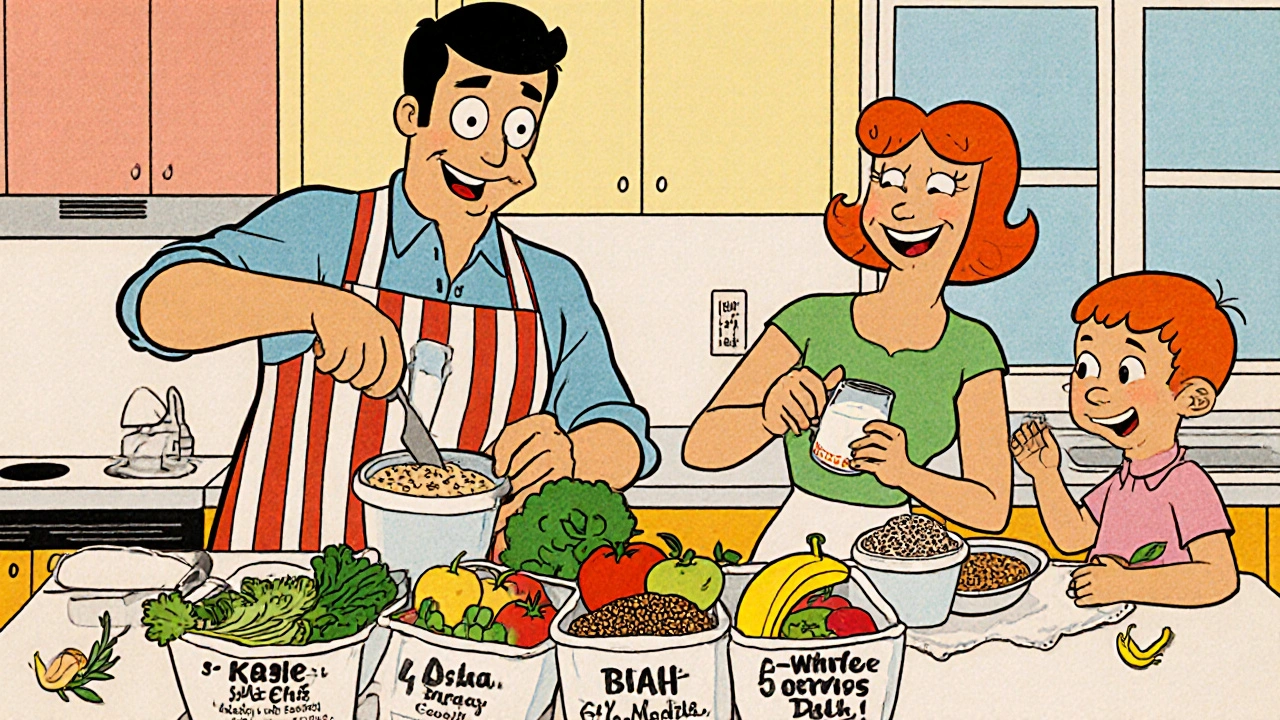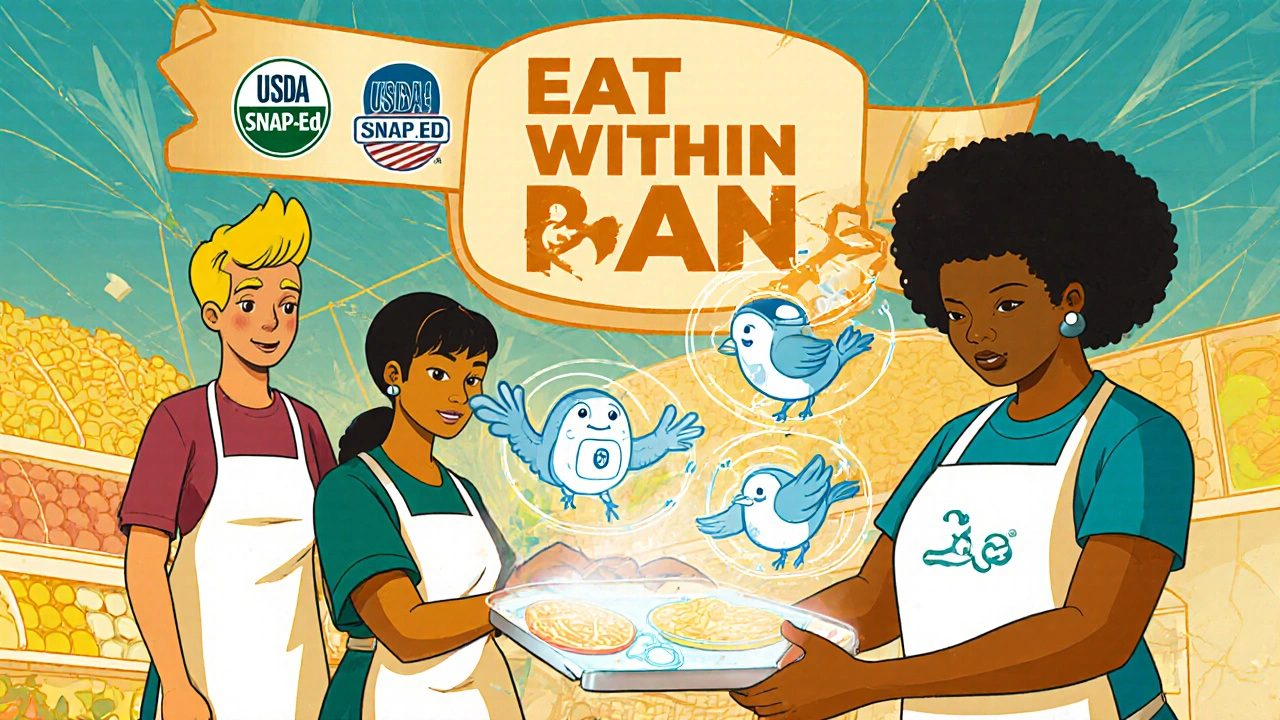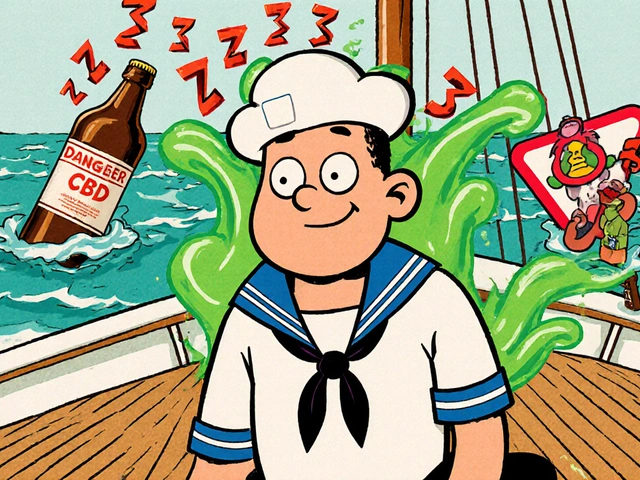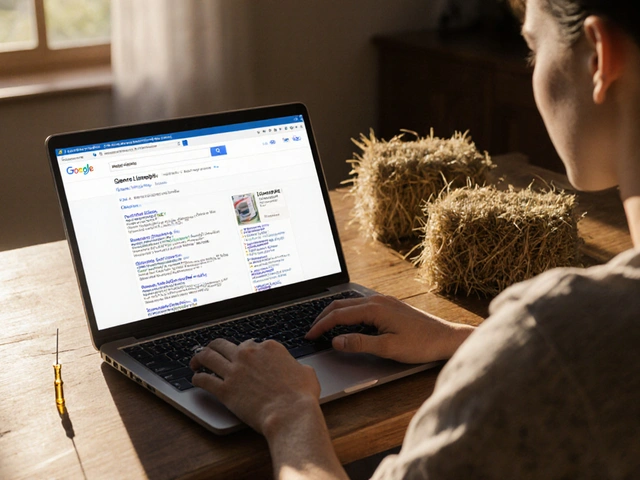
The DASH diet isn’t another trendy weight loss plan. It was built in a lab, tested on thousands, and proven to lower blood pressure as effectively as some medications-without a single pill. Developed by the National Heart, Lung, and Blood Institute (NHLBI) in the 1990s, the DASH diet (Dietary Approaches to Stop Hypertension) was never meant to be a quick fix. It was designed as a lifelong eating pattern for people with high blood pressure, and it works. And yes, it helps with weight too-even if that’s not its main goal.
How the DASH Diet Lowers Blood Pressure
High blood pressure doesn’t happen because you eat too much salt alone. It’s a mix of too much sodium, not enough potassium, too many processed foods, and not enough whole plants. The DASH diet tackles all of it. In the original 1997 trial, people with stage 1 hypertension saw their systolic blood pressure drop by 6 to 11 mmHg in just two weeks-just by changing what they ate. That’s the same drop you’d get from a low-dose blood pressure medication.
The secret? It’s not magic. It’s structure. The diet tells you exactly how many servings to eat each day: 4 to 5 servings of vegetables, 4 to 5 servings of fruit, 6 to 8 servings of whole grains, 2 to 3 servings of low-fat dairy, and just 6 or fewer servings of lean meat or fish. It cuts out sugary drinks, sweets, and red meat. And sodium? The standard version limits it to 2,300 mg a day. The stronger version drops it to 1,500 mg-closer to what our bodies actually need.
When you combine DASH with that lower sodium level, the results get even better. In the DASH-Sodium trial, participants saw systolic pressure drop by 16.1 mmHg. That’s not a small change. That’s the difference between needing medication and not needing it.
Why It Works Better Than Just Eating More Veggies
You might think, ‘If I just eat more salads and fruits, I’ll be fine.’ But the science says otherwise. In the original DASH trial, a diet that only boosted fruits and vegetables lowered blood pressure by 2.8 mmHg. The full DASH diet? 5.5 mmHg. Why? Because it’s not just about adding good stuff-it’s about removing the bad and balancing the whole plate.
DASH includes dairy-low-fat, not whole milk. That’s important. Calcium and magnesium from dairy help blood vessels relax. It includes nuts and legumes, which are rich in fiber and healthy fats. It replaces processed snacks with whole grains. It doesn’t just add plants-it rebuilds your eating habits around them.
Compared to the Mediterranean diet, DASH has stronger evidence for lowering blood pressure. One head-to-head study showed DASH reduced systolic pressure by 6.7 mmHg versus 4.7 mmHg for Mediterranean. That might not sound like much, but in real life, it’s the difference between staying off medication or starting it.
Does the DASH Diet Help You Lose Weight?
Yes-but not because it’s designed for weight loss. The DASH diet doesn’t count calories. It doesn’t cut carbs. It doesn’t ban entire food groups. So why do people lose weight on it?
Because it replaces calorie-dense, nutrient-poor foods with filling, low-calorie ones. A cup of spinach has 7 calories. A cup of sugary cereal has 150. A handful of almonds has 160 calories but keeps you full for hours. A soda has 150 empty calories and spikes your blood sugar. Swap those out, and you’re eating fewer calories without feeling hungry.
In clinical trials, people on DASH lost 1 to 3 kilograms (2 to 7 pounds) over 6 months-even without trying to lose weight. When DASH was combined with a clear weight loss goal (like cutting 500 calories a day), participants lost an average of 4.5 kg. That’s not dramatic, but it’s steady. And it’s sustainable.
Unlike keto or intermittent fasting, which can cause rapid weight loss but are hard to keep up, DASH fits into real life. You don’t have to fast for 16 hours. You don’t have to avoid carbs forever. You just eat more vegetables, less processed food, and stop drinking sugar water. It’s simple. That’s why it works long-term.

What You Actually Eat on DASH
Here’s what a typical day looks like on DASH:
- Breakfast: Oatmeal made with water or low-fat milk, topped with a banana and a tablespoon of chia seeds. A cup of black coffee.
- Lunch: Large salad with spinach, tomatoes, cucumbers, chickpeas, and grilled chicken. Dressing made with olive oil and vinegar. A small whole-wheat roll.
- Snack: An apple and a small handful of unsalted almonds.
- Dinner: Baked salmon, quinoa, and steamed broccoli. A side of low-fat yogurt with a few berries.
- Drinks: Water, herbal tea, or sparkling water with lemon. No soda. No sweetened coffee drinks.
Sodium is the hidden trap. Most of it comes from packaged foods-bread, canned soup, frozen meals, deli meats. A single slice of bread can have 230 mg of sodium. That’s 10% of your daily limit before you even start cooking. That’s why reading labels matters. Look for ‘low sodium’ or ‘no salt added.’
Need dairy but can’t tolerate it? Use unsweetened, fortified almond or soy milk. One cup gives you the same calcium and vitamin D as cow’s milk. No problem.
Who It Works For-and Who It Doesn’t
DASH works for almost everyone with high blood pressure. Studies show it’s effective across races, genders, and ages. Black adults, who have higher rates of hypertension, saw even greater benefits-up to 14% lower risk of heart disease. Women saw a 13% drop in risk. That’s not a coincidence. The diet addresses biological differences in how blood pressure responds to sodium and potassium.
But it’s not a one-size-fits-all fix. People with very low blood pressure (under 120/80) won’t see much benefit. Those eating more than 5,000 mg of sodium a day might struggle to adapt quickly. And if you’re culturally used to eating salty meats, fried foods, or heavy sauces, the transition can feel hard.
A 2021 study found that Hispanic communities had 30% lower adherence to DASH-not because they didn’t want to try, but because the original plan didn’t reflect their food traditions. That’s changing. New versions like ‘DASH Latino’ swap out dairy for plant-based alternatives and use beans, corn, and peppers in familiar ways. The results? Just as good blood pressure control.

Barriers and How to Overcome Them
The biggest problem with DASH isn’t the food. It’s the logistics. People say they don’t have time to cook. They don’t know how to measure servings. They get confused by sodium labels.
Here’s how real people solve it:
- Use a free app. The NHLBI offers a free 20-page guide. Apps like DASH Diet Helper let you scan barcodes to check sodium content in real time.
- Plan ahead. Cook grains and beans in bulk on Sunday. Portion them into containers. You’ll save time and avoid takeout.
- Start small. Don’t overhaul your whole diet on Monday. Swap one soda for water. Replace white rice with brown. Add one extra vegetable to dinner. Small changes stick.
- Get support. A 2020 study showed people using a custom DASH app had 82% adherence. Those using paper logs? Only 47%. Digital tools make it easier.
And if you’re on Medicare? You can get reimbursed for nutrition counseling using DASH protocols. That’s how seriously the system takes this diet.
What’s New in 2025?
The DASH diet isn’t stuck in the 90s. In 2023, the NHLBI launched DASH 2.0, which adds time-restricted eating-eating within a 12-hour window (like 8 a.m. to 8 p.m.). Early results show an extra 8.2 mmHg drop in systolic pressure. That’s huge.
And now, the NIH is funding a $2.3 million trial using AI to personalize DASH. The system looks at your glucose levels, activity, and sleep-and adjusts your meal plan in real time. It’s not available yet, but by late 2025, this could be the next big thing.
Meanwhile, the USDA is expanding DASH-aligned recipes into SNAP-Ed programs. That means low-income families can get free, culturally adapted meal plans. That’s how you make a diet that works for everyone-not just the privileged few.
Final Thoughts: Is DASH Right for You?
If you have high blood pressure, DASH is the most proven diet you can follow. It’s not flashy. It doesn’t promise 20 pounds in 20 days. But it’s backed by decades of science, endorsed by the American Heart Association, and ranked #1 for heart health every year since 2018.
It’s not a magic bullet. You’ll need to read labels, cook more, and cut back on processed foods. But if you do, you’ll likely see your blood pressure drop-sometimes fast. And you’ll probably lose a few pounds along the way. Not because you’re starving. But because you’re eating real food.
There’s no other diet that’s been tested on so many people, shown such consistent results, and been adopted into national health guidelines. If you want to take control of your blood pressure without drugs, DASH is your best bet.
Can the DASH diet help me lose weight even if I’m not trying to?
Yes. The DASH diet replaces high-calorie, low-nutrient foods with filling, lower-calorie options like vegetables, fruits, whole grains, and lean proteins. Even without counting calories, most people naturally eat fewer calories and lose 1 to 3 kilograms (2 to 7 pounds) over 6 months. Weight loss happens because you’re eating more food volume with fewer calories-not because you’re restricting.
Is the DASH diet safe for people with kidney problems?
It depends. DASH is generally safe and even helpful for early-stage kidney disease because it lowers blood pressure and reduces sodium. But if you have advanced kidney disease, you may need to limit potassium and phosphorus-which are high in fruits, vegetables, and dairy. Always talk to your doctor or a renal dietitian before starting DASH if you have kidney issues.
Do I need to buy special foods or supplements for DASH?
No. DASH uses regular grocery store items: brown rice, canned beans (rinsed), fresh or frozen vegetables, low-fat yogurt, nuts, and lean meats. You don’t need expensive superfoods or protein powders. The only ‘special’ thing is paying attention to sodium labels-avoiding packaged and processed foods that hide salt.
How long does it take to see results on DASH?
Blood pressure can drop in as little as two weeks. Many people see a 5 to 10 mmHg drop in systolic pressure within 3 to 4 weeks. Weight loss, if it happens, usually starts within the first month. Consistency matters more than perfection-stick with it for 3 months, and you’ll see lasting changes.
Can I do DASH if I’m vegetarian or vegan?
Absolutely. DASH was designed to be flexible. Skip the meat and fish and get your protein from beans, lentils, tofu, tempeh, and low-fat dairy or plant-based alternatives. Nuts and seeds are also great protein sources. Just make sure you’re getting enough vitamin B12 and iron, especially if you’re vegan.
Is DASH better than the Mediterranean diet for high blood pressure?
For lowering blood pressure specifically, DASH has stronger evidence. Head-to-head trials show DASH reduces systolic pressure by 6.7 mmHg, while Mediterranean drops it by 4.7 mmHg. Both are heart-healthy, but DASH is more structured and focused on sodium and potassium balance, which directly impacts blood pressure. Mediterranean is more flexible and may be easier to stick with long-term.





